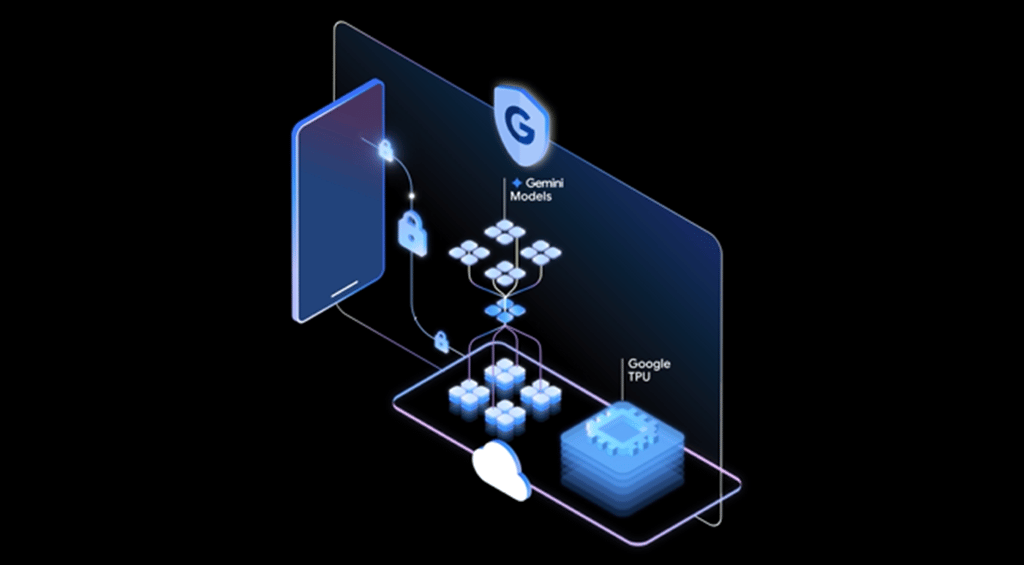Datamation content and product recommendations are
editorially independent. We may make money when you click on links
to our partners.
Learn More
Federated cloud identity and authentication is coming to OpenStack.
The OpenStack open source cloud platform started out with only two components: Nova Compute and Swift Storage. Nova originally came from NASA and Swift came from Rackspace.
Cloud Storage and Backup Benefits
Protecting your company’s data is critical. Cloud storage with automated backup is scalable, flexible and provides peace of mind. Cobalt Iron’s enterprise-grade backup and recovery solution is known for its hands-free automation and reliability, at a lower cost. Cloud backup that just works.
SCHEDULE FREE CONSULT/DEMO
Over the course of the last two years, OpenStack has expanded beyond NASA and Rackspace and has been embraced by many large tech vendors, including IBM, HP, Dell, AT&T, Cisco and Intel among others. As OpenStack participation has grown, new capabilities have been added, including most recently the Cinder block storage project and the Quantum networking project. Cinder and Quantum both debuted in the recent Folsom release.
For the next major release of OpenStack, codenamed Grizzly, Federated Authentication is likely to be the next key component that will come to the open source cloud platform.
“Everyone wants hybrid clouds,” Joshua McKenty, founder of Piston Cloud and OpenStack Board member told Datamation. “There are a couple of stumbling blocks on the road to hybrid clouds that OpenStack needs to address seriously, the biggest one being federated authentication.”
McKenty explained that for federated authentication, OpenStack will be taking the same approach to development as the project took for the Quantum networking component. For Quantum, networking and Software Defined Networking (SDN) vendors were assembled to figure out was needed and to actually develop the technology.
“I’m taking the same approach with authentication and identity now, rounding up the identity management vendors and getting them to chime in,” McKenty said.
Identity is not an entirely new capability for OpenStack. The Essex release that debuted in April of 2012 introduced the Keystone Identity Service. The idea behind Keystone is to provide authentication across all of the core OpenStack components.
“Keystone is really a middleware framework in the same way that OpenStack is middleware framework for building clouds,” McKenty explained. “Keystone is a middleware framework for connecting to authentication systems.”
According to McKenty the real challenge with Keystone is that the logic does not deal with federation very well. So, for example, an enterprise that has a private cloud that wants to burst workloads to a public cloud vendor would likely require a separate account for employees with the public vendor. That situation can create challenges for chargeback and usage metering, among other issues.
“What I really need is my internal authentication system bridged out to the public cloud and also connected internally to my private cloud environment,” McKenty said.
He added that there have been some pieces, including (Security Assertion Markup Language) support for Single SignOn, that have been built for Keystone, though he noted that it’s still immature. Work still needs to be done on ActiveDirectory integration as well as Kerboros oAuth and ACLs that span both public and private networks.
“There is a bunch of work that needs to be done, in the same way that Quantum was definitional as well as then aspirational,” McKenty said. “The strategy is to get the people that understand authentication involved and then work with them to define what the future of virtualized authentication looks like.”
Sean Michael Kerner is a senior editor at InternetNews.com, the news service of the IT Business Edge Network, the network for technology professionals Follow him on Twitter @TechJournalist.
-
Huawei’s AI Update: Things Are Moving Faster Than We Think
FEATURE | By Rob Enderle,
December 04, 2020
-
Keeping Machine Learning Algorithms Honest in the ‘Ethics-First’ Era
ARTIFICIAL INTELLIGENCE | By Guest Author,
November 18, 2020
-
Key Trends in Chatbots and RPA
FEATURE | By Guest Author,
November 10, 2020
-
Top 10 AIOps Companies
FEATURE | By Samuel Greengard,
November 05, 2020
-
What is Text Analysis?
ARTIFICIAL INTELLIGENCE | By Guest Author,
November 02, 2020
-
How Intel’s Work With Autonomous Cars Could Redefine General Purpose AI
ARTIFICIAL INTELLIGENCE | By Rob Enderle,
October 29, 2020
-
Dell Technologies World: Weaving Together Human And Machine Interaction For AI And Robotics
ARTIFICIAL INTELLIGENCE | By Rob Enderle,
October 23, 2020
-
The Super Moderator, or How IBM Project Debater Could Save Social Media
FEATURE | By Rob Enderle,
October 16, 2020
-
Top 10 Chatbot Platforms
FEATURE | By Cynthia Harvey,
October 07, 2020
-
Finding a Career Path in AI
ARTIFICIAL INTELLIGENCE | By Guest Author,
October 05, 2020
-
CIOs Discuss the Promise of AI and Data Science
FEATURE | By Guest Author,
September 25, 2020
-
Microsoft Is Building An AI Product That Could Predict The Future
FEATURE | By Rob Enderle,
September 25, 2020
-
Top 10 Machine Learning Companies 2020
FEATURE | By Cynthia Harvey,
September 22, 2020
-
NVIDIA and ARM: Massively Changing The AI Landscape
ARTIFICIAL INTELLIGENCE | By Rob Enderle,
September 18, 2020
-
Continuous Intelligence: Expert Discussion [Video and Podcast]
ARTIFICIAL INTELLIGENCE | By James Maguire,
September 14, 2020
-
Artificial Intelligence: Governance and Ethics [Video]
ARTIFICIAL INTELLIGENCE | By James Maguire,
September 13, 2020
-
IBM Watson At The US Open: Showcasing The Power Of A Mature Enterprise-Class AI
FEATURE | By Rob Enderle,
September 11, 2020
-
Artificial Intelligence: Perception vs. Reality
FEATURE | By James Maguire,
September 09, 2020
-
Anticipating The Coming Wave Of AI Enhanced PCs
FEATURE | By Rob Enderle,
September 05, 2020
-
The Critical Nature Of IBM’s NLP (Natural Language Processing) Effort
ARTIFICIAL INTELLIGENCE | By Rob Enderle,
August 14, 2020
SEE ALL
CLOUD ARTICLES







